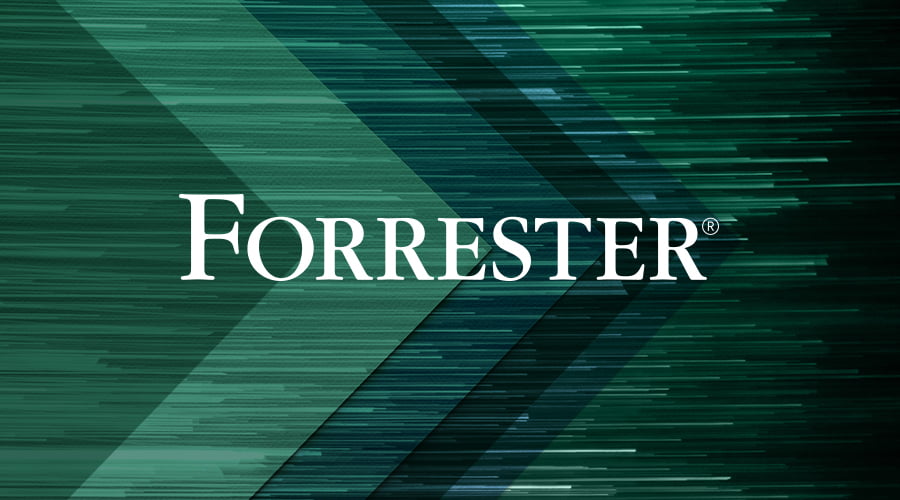The coronavirus (COVID-19) has undoubtedly cast a long shadow over the media, business, and consumer conversation. The story is not only one of gloom and doom — as people take precautions to safeguard against risk and contain threats in this moment, a bigger-picture look at today’s empowered customers reminds us that consumers are more resourceful, plugged in, and driven to find solutions than they were even 10 or 20 years ago.
For over two decades, we’ve been measuring customer empowerment. While healthcare has been one of the slower industries to respond to shifting consumer behaviors, given that it’s bound by strict regulation and buffered by limited competition, our latest data shows that empowered consumers are demanding more from their healthcare providers and are attracted to a vibrant crop of healthcare startups that promise a new standard of customer experience.
Today, empowered patients strategically harness digital tools and personal technologies to make smarter decisions to improve their health and well-being. The five key drivers of empowerment that describe how consumers are evolving overall also reshape health management behaviors and attitudes:
- Willingness to experiment: Empowered customers are open to piloting new brands and products; last year, we hit a tipping point where 56% of US online adults revealed a voracious appetite for novelty. The novelty appeal applies to personal health, too: 62% of US consumers are willing to try out nonstandard healthcare services to enhance their well-being, such as sleep monitoring, mindfulness practices, or customized medical treatments.
- Device usage: Empowered customers reach for sophisticated devices that enhance productivity and efficiency. Twenty years ago, the majority of US online adults didn’t yet have a PC; today, in addition to plugging in to multiple devices, more than 20% of consumers are already interested in using emerging technologies like a smart blood-pressure monitor, smart bathroom scale, or smart speakers to manage their health.
- Digital/physical integration: The more empowered the customer, the more he needs a combination of physical and digital experiences to feel satisfied. Mobile health activities blur the line between online and offline and create the expectation for seamless integration of the two: Around one-tenth of consumers rely on their smartphone to research local doctors, find a nearby pharmacy, track food, or schedule health appointments.
- Information savviness: The empowered customer’s media diet is expanding. The impulse for knowledge and control means that consumers increasingly turn to online content to teach themselves about their health: 45% of US online adults say they learn about their health by conducting personal research online, compared to 35% who learn through interactions with healthcare professionals.
- Self-efficacy: Empowered customers seek out brands that act as a partner in accomplishing their goals. One member of our ConsumerVoices market research online community says she chooses health-management mobile apps “that keep me on target with my goals and that offer me motivational support along the way.”
The continued rise of the empowered patient with the expanding availability of technology creates new business opportunity, and customer-obsessed leaders outside of the healthcare industry like Amazon and Apple are reaping the rewards fastest. This means that people in the healthcare industry, from business leaders to primary care providers, must prioritize customer understanding and customer experience with the same eagerness and empathy that fuel today’s best-in-class innovators.
Stay tuned for my upcoming research in collaboration with fellow Forrester analysts to see how empowered patients will define the future of healthcare. For now, I look forward to hearing your ideas and questions via inquiry.
